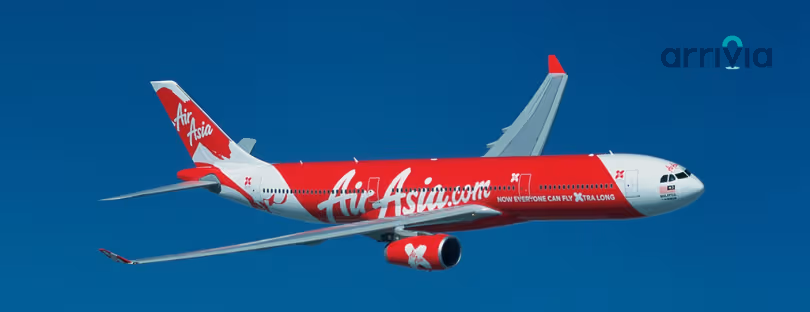
12 Myths and Facts about Flying
As frequent flyers, we all think we know everything there is to know about air travel. But how much of what we think we know is actually true? Flying myths
In this article, we’ll explore some of the most common myths and facts about flying that may surprise you.
Myth #1: You can open the plane door mid-flight
Fact: This is one of the biggest myths about air travel. The pressure difference between the inside of the plane and the outside is so great that it’s physically impossible to open the door during a flight. In fact, it’s not even possible for the flight crew to open the door in mid-flight.
Myth #2: Drinking alcohol on a flight will get you drunk faster
Fact: The truth is that alcohol affects you the same way in the air as it does on the ground. However, the effects of alcohol may feel stronger due to the cabin pressure and altitude. Plus, dehydration is common on flights, which can amplify the effects of alcohol. It’s important to drink water and stay hydrated on a flight.
Myth #3: The air in the cabin is full of germs
Fact: Contrary to popular belief, the air in the cabin is actually cleaner than in most indoor environments. Modern aircraft are equipped with HEPA filters that remove 99.9% of airborne particles, including viruses and bacteria.
Myth #4: You have to turn off your electronic devices during takeoff and landing
Fact: While it was once believed that electronic devices could interfere with the plane’s navigation equipment, modern planes are designed to withstand such interference. As long as your device is in airplane mode, you can use it throughout the flight, including takeoff and landing.

Myth #5: The safest place to sit is at the back of the plane
Fact: There is no evidence to support the claim that the back of the plane is safer than the front. In fact, the safest seats are typically the ones over the wings, as they are closest to the emergency exits.
Myth #6: The oxygen masks are there to save you in case of a crash
Fact: The oxygen masks are actually there to provide oxygen in case of a sudden loss of cabin pressure. This can happen due to a variety of reasons, such as a hole in the fuselage or a malfunctioning air conditioning system.
Myth #7: Flight attendants are only there to serve food and drinks
Fact: Flight attendants are trained in a variety of skills, including emergency procedures and first aid. In the event of an emergency, they are there to ensure the safety and well-being of all passengers.
Myth #8: You can flush the toilet while the plane is on the ground
Fact: Flushing the toilet on a plane while it’s on the ground can cause a vacuum, which can lead to unpleasant odors and even damage to the plane’s sewage system. Always wait until the plane is in the air before using the restroom.
Myth #9: The pilot controls the plane the entire time
Fact: Modern planes are equipped with advanced autopilot systems that can handle the majority of the flight. However, the pilot is always there to monitor the systems and take control if necessary.
Myth #10: The wings of the plane flap up and down during turbulence
Fact: While it may feel like the wings are flapping during turbulence, this is actually an optical illusion. The wings are designed to flex during turbulence, but they do not flap up and down.
Myth #11: Smaller planes are more dangerous than large planes
You may look at tiny private jets compared to mammoth commercial airplanes and immediately assume that those little jets are more at risk when battling turbulence and poor weather conditions in the air, but this isn’t necessarily true. In fact, small planes are just as safe as commercial jets – and it’s more important that you have a skilled pilot in the cockpit than having a bigger plane to keep you safe in the skies.
Myth #12: Being born on a plane gives you free air travel for life
When a premature baby was born on a flight from Saudi Arabia to India in 2017 and was given unlimited free flights for life, many people assumed that this was given to any baby born on a plane when in fact, it’s very rare. Several airlines have since said that they would not give air-born babies free flights for life, with few other instances of free flights for life being granted for any other babies born mid-flight. Since many airlines restrict air travel after 36 weeks of pregnancy anyway, the chances of this happening are fairly rare regardless.
Final Thoughts Flying myths
Flying can be an amazing experience, but there are many myths and misconceptions about air travel that can make it seem scary or intimidating. By separating fact from fiction, we can all feel more confident and comfortable when we take to the skies. Remember to always stay informed, ask questions, and prioritize your safety and comfort during your travels. With these tips and tricks, you’ll be a pro at navigating air travel in no time. Happy flying!










